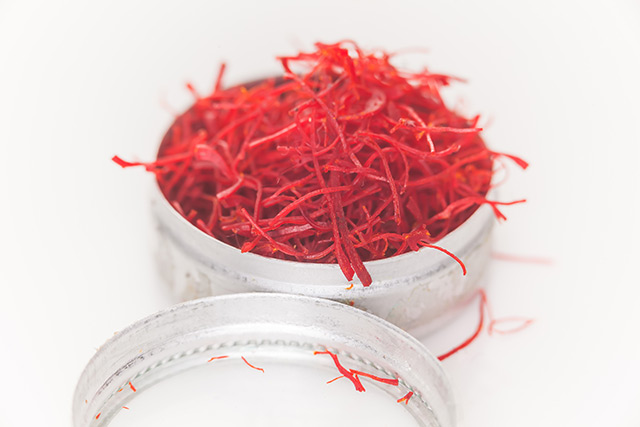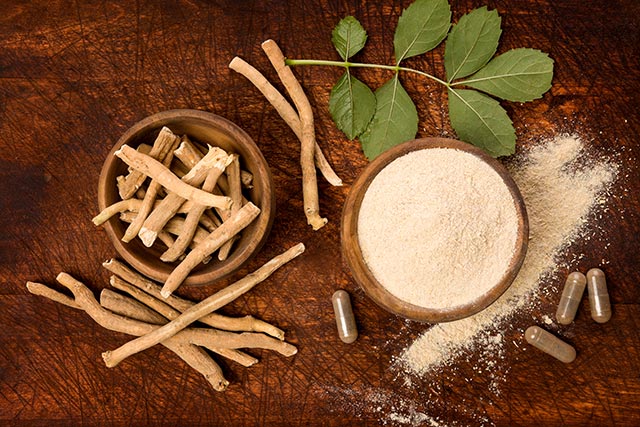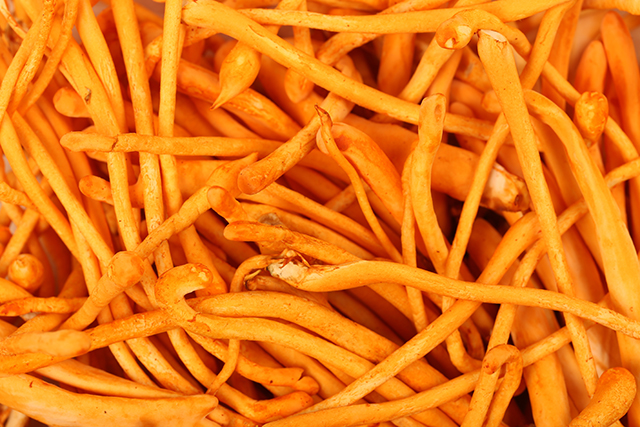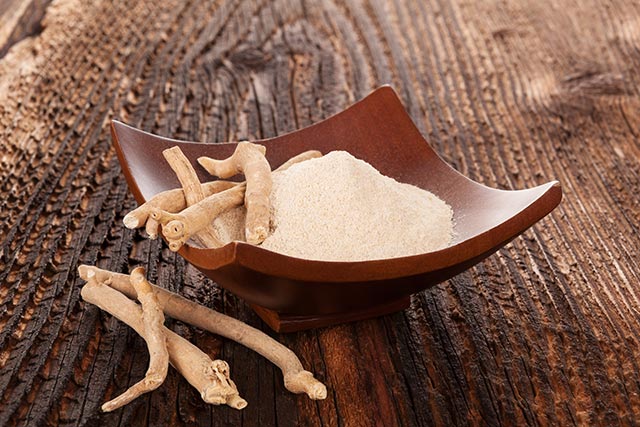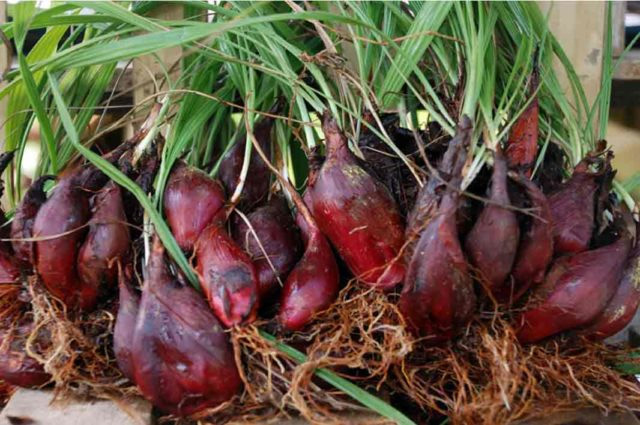Taro Root: Everything you need to to know about this amazing food
10/24/2017 / By Frances Bloomfield
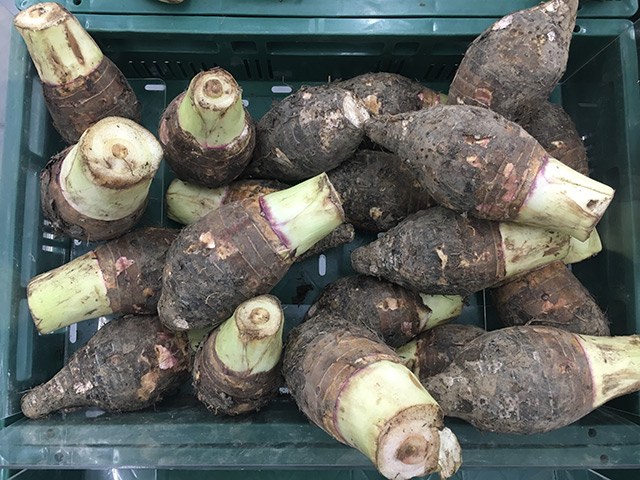
You may have seen taro root in your grocery’s produce section, but may not have paid it much mind. This tan-colored tuber is as plain and unassuming a vegetable as they come. Yet as any health enthusiast will tell you, peel back the rough exterior and you get a nutrient-packed plant that can do wonders for you and your health.
What is taro root?
Taro root is the fleshy, underground root — or corm, as it’s also known — of the taro (Colocasia Esculenta) plant, a large, herbacious perennial native to Southeast Asia and southern India. As an incredibly hardy plant, and one of the few that can thrive in regions prone to flooding, taro is grown all over the world. In fact, taro is so far-reaching and widely cultivated that the root has become a staple food in Africa, Hawaii, India, and Oceania.
To say that taro root is an excellent source of beneficial nutrients is an understatement. Not only is taro root loaded with energy-boosting complex carbohydrates, but it’s absolutely loaded with dietary fiber that keeps your bowel movements regular and your digestive system healthy.
The vitamin and mineral content is nothing to scoff at: calcium, iron, potassium, vitamins A, B1, B2, and C, calcium, and iron are just some of the noteworthy substances you can find in taro root. Moreover, taro root contains a good amount of antioxidants, namely cryptoxanthin and beta-carotenes, both of which play key roles in protecting your body from various diseases associated with aging. (Related: Taro Root – A Powerful Food For Your Health.)
What can taro root do for you and how to prepare it
One of the best things about taro root is that it’s a wonderful source of carbohydrates. Unlike other carbohydrates, such as potatoes and white rice, taro root is low on the Glycemic Index. This means that eating taro root won’t cause your blood sugar levels to rise quickly, in turn making taro root a food ideal for diabetic patients and people struggling with blood disorders. That quality of taro root can be attributed to the high amounts of dietary fiber, as fiber controls the body’s release of glucose and insulin.
In addition to regulating your blood sugar levels, the dietary fiber in taro root ensures that your digestive system becomes less prone to gastrointestinal disorders like constipation, bloating, diarrhea, and excessive gas.
Taro root is good for your heart too: dietary fiber cleans plaque from the arteries, while potassium relaxes the veins and blood vessels to ensure smooth blood flow. The less blockage there is, the lower your risk of heart disease.
An unusual but helpful use for taro root is as a compress to treat aches and pains. According to Juicing-For-Health.com, a taro root compress can be used to alleviate inflammation, joint pains, and edema.
When buying taro root, be sure to purchase firm, medium-sized corms that feel heavy for their size. Any corms with soft spots are cracks should be placed back into the pile. For storage, keep your taro roots in a cool, well-ventilated area.
Taro root can be prepared and eaten in the same way as regular potatoes: you can roast, steam, fry, boil, and mash them. The sweet, nutty, earthy taste makes taro root perfect for homemade chips and curries.
Keep in mind that you should never eat raw taro root. The high calcium oxalate content can lead to extreme irritation in your mouth and throat, and in the worst case scenario, kidney stones and gout.
That aside, taro root is still a vegetable deserving of a spot in your pantry. Taro root is the potato alternative you might not have known about before but should definitely keep in your home.
Go to Veggie.news for even more stories about nature’s delicious gifts.
Sources include:
Tagged Under: food, health, healthy diet, nutrition, taro root, vegetables


